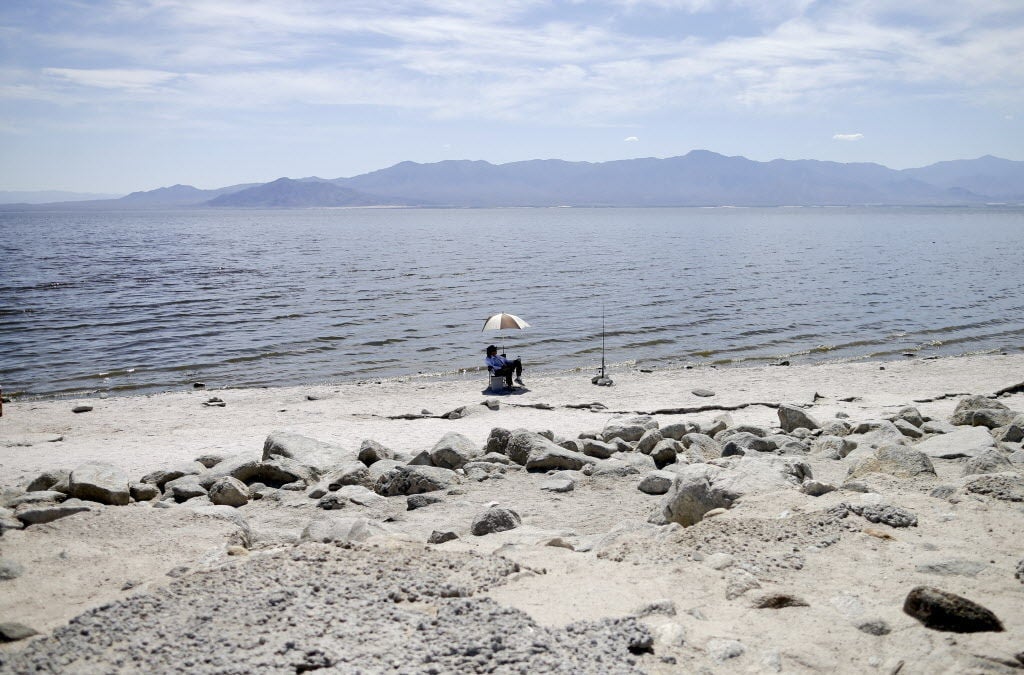PHOENIX — Arizona’s top water official says a lawsuit filed Tuesday by California’s Imperial Irrigation District could pose a threat to the newly approved multistate drought contingency plan.
But Tom Buschatzke, director of the Department of Water Resources, said he’s not worried the plan will fall apart — at least not yet.
The lawsuit seeks to block California’s Metropolitan Water District (MWD), the largest wholesale supplier of treated water in the United States, from signing the legal papers to be part of the drought plan.
That would block MWD from providing its share of Colorado River water to keep Lake Mead from dropping below certain levels. If a court issues an order to that effect, Buschatzke said, that could undermine the deal among seven states for how to divide up the river water that serves 40 million people in the West.
That’s only part of the problem. Under the terms of the drought contingency plan, Mexico agreed to reduce for the time being the amount of Colorado River water to which it is otherwise entitled, also to keep Lake Mead from reaching critically low levels. But Buschatzke said that is contingent on the states on this side of the border reaching their own deal for how to handle a shortfall of river supplies.
“So it all fits together,” he said.
If there is no new multistate deal, prior agreements about how to handle anticipated shortages on the river would remain in place. And Arizona, which has been a junior partner in those arrangements, likely would end up giving up even more water than it is in the new plan.
That, in turn, could effectively invalidate all the deals among Arizona water users, negotiated over several years, to decide who gets how much. The likely losers in that scenario would be Pinal County farmers who have the lowest claim on Colorado River water.
For the time being, however, Buschatzke is depending on the fact that there is no injunction against MWD becoming part of the multi-state deal.
“There’s been no action taken in California that I’m aware of that would actually prohibit Metropolitan from signing on,” Buschatzke said. “Just the filing of the action itself shouldn’t trigger any mandatory standing down by Metropolitan.”
And unless and until that happens, he said, the drought contingency plan can be implemented.
“Today, as far as I’m concerned, we’re still moving forward to sign the interstate agreements,” he said.
The lawsuit, filed Tuesday in Los Angles County Superior Court, is based on an intrastate dispute.
As originally written, the drought contingency plan would have required both the Imperial district and the MWD to each give up some of their water allocations.
Officials in the Imperial district were willing to do that — for a price: They wanted $200 million to help deal with environmental hazards being created by the shrinking Salton Sea. They contend that the failure to stabilize that inland sea, itself created by a breach in an irrigation canal, has left behind hazardous chemicals as the water evaporates.
When no deal could be reached with the irrigation district, the MWD agreed to step in and assume the cuts in supply that otherwise would have been taken by the Imperial district. That put the interstate deal in balance.
But what that also did, according to the lawsuit, is violate California laws which require that there first be a study of the environmental effects of the agreement. So the irrigation district’s lawyers are asking a California judge to void the Metropolitan district offer to supply water to balance the multistate plan.





